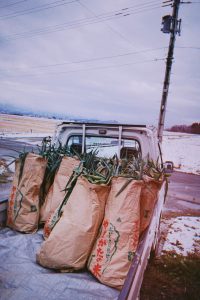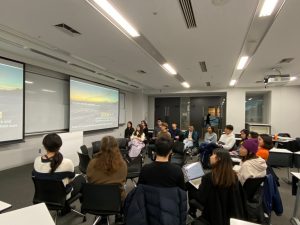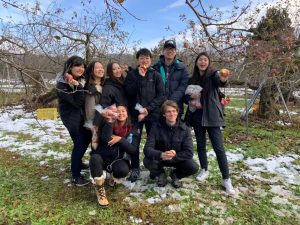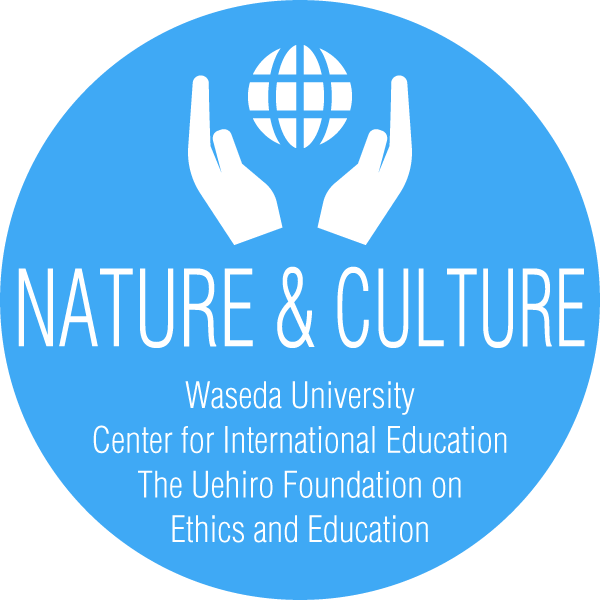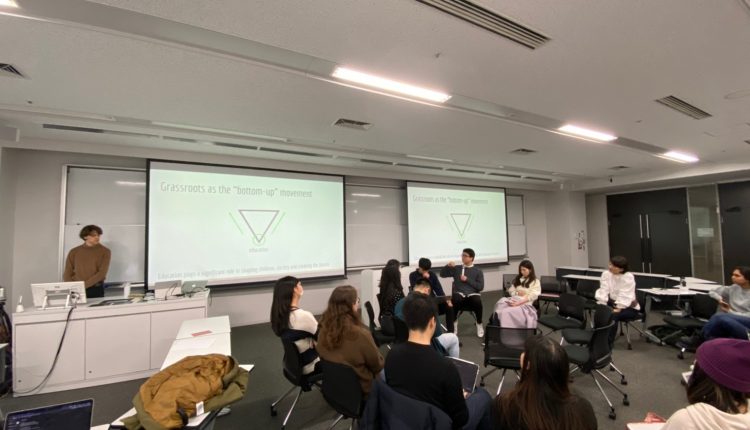Final Report (JeongHoon Lee)
An Upside-Down Triangle: Cultivating the mindsets of children with their connection with nature and farming through grassroots
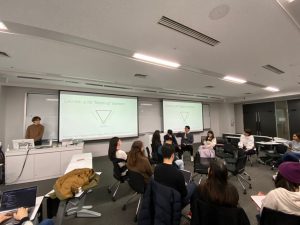
Mālama ʻĀina is the traditional concept and commons in Hawai’i which means to take care and nurture the land with love so that the ʻāina (land) will return all the things we need in order to live and sustain for all future generations. It is the traditional concept of the native Hawaiian language (ʻŌlelo Hawaiʻi) of a spiritual and physical relationship and the bond between the man and to cherish the spirit of the ʻāina (land). For native Hawaiians, sustainability is part of their lifestyle. Natural resources in Hawai’i are produced with the sole purpose of using it responsibly and preserve it for future generations for a sustainable future. This traditional concept, lifestyle or commons continues to be passed on to future generations and implemented in education across educational institutions including elementary schools across Hawai’i as organizing fieldwork activities such as a volunteer beach cleanup at the local beaches.
Mālama ʻĀina reminds us that maintaining a healthy relationship with others is essential in order to survive in society but also above human relationships to not forget the importance of having harmony with mother nature as well. Through this course, my initial goal was to find out or at least devise of how we; as mere university students but each having inter-cultural backgrounds, could have harmony between nature and Japanese culture and society. It is important also not to limit it only to Japan but also on a global scale as well. However, through the lectures and fieldwork in Takahata (Yamagata Prefecture), I gained something much more valuable than facts or solutions. Something abstract and personal and can only be felt through being surrounded by nature in Takahata. Through fieldwork, I felt that I was able to absorb the things I saw, touched, heard, smelled and tasted. Eventually, we had an opportunity to process what we experienced in Takahata and discuss and openly share with other students through the presentations.
In order for a sustainable society, education plays a significant role in shaping children, society and the future. Education also has its role in the grassroots movement which simply is a movement that involves members in the local community to start a local cause or action in order for change which creates the foundation before it spreads awareness to become wider to a national or an international level. Grassroots start from the locals through proper education towards the next generation as those children become adults and start becoming involved with society and creating influences due to their background. What this “proper” education means is the vision towards more opportunities for children to get out of their classrooms and experience outdoor hands-on education in nature which empowers their sensibility or kansei (感性)of their connection to nature and personal emotions. There are educational institutions and programs which cater to focus on creating green gardens for kids to farm and nurture the land and their own kansei as well. Kansei can be explained as how you react through the 5 senses of see, hear, touch, smell, and taste. It also connects to emotions whether you express yourself through anger, sadness or happiness, etc. Everyone has kansei regardless of what kind of urban environment they come from. Due to the convenient world that we live in today where we tend to take technology for granted; like changing the temperature by pressing buttons, water coming out just by holding out your hand and even automatic doors where we don’t have to open it by using our fingers and arms, it is said that the opportunities of building kansei is decreasing.
Kansei can be nurtured and cultivated by being surrounded by nature as it equips them to become individuals who can “feel” and think as it is said to have positive effects on children: helping their academic skills due to their natural appreciation and unique creativity and inspirations built from kansei. Not only schoolwork and academics, kansei helps children and even adults to help them maintain healthy relationships with others as well as with the natural environment around them. Adults have the expectations to become role models towards children and they can do so by providing proper green education through having them experience nature and also farming activities. Being in Takahata, I had an opportunity to experience farming at the local Tsutomu-san’s house; especially dealing with tons of negi (long green onions), but these experiences helped me to refresh my own kansei to bring me back to rely fully on my 5 senses. Tsutomu-san explained to us that the goals of the older generations were to pass on the legacy or the “education” to the current future generations to preserve the Satoyama commons. Not only organizing farming activities out in the nature for the local elementary and middle school students in Takahata, but it was also inspiring to hear that he and his family still organize welcoming young workers from abroad into Takahata to teach them the commons of the satoyama so that they could bring it back to their home countries. Not only age and generations but grassroots could be done through crossing national borders and spread out with the motives to achieving the same goal.
As I like to use shapes to define a concept, I like to think of an upside-down triangle to define the grassroots movement. As most schools and the current education system today have the goal to equip students to become future “global” leaders in the today’s “age of globalization”, green education starting from children start from the very bottom; or the core of the triangle, which equip them to become individuals with mindsets towards nature and green education to spread out in various ways into the larger society to create changes in the world around them. Grassroots is like an upside-down triangle which focuses from the foundational bottom core as it spreads and influences from the bottom to a wider degree.
Most of all, I am blessed with the wonderful encounters and moments shared with every person I’ve met throughout this class and the fieldwork at Takahata. Huge shoutout to the two professors, our TA, classmates and especially our local hosts in Takahata; especially Tsutomu-san and his family who welcomed us into their community with open arms.
Referring to the traditional Japanese proverb “ichigo-ichie”(一期一会), I hope to continue cherishing these new friendships, and the valuable connections made through this opportunity of being part of this class.
February 5th, 2020
JeongHoon Lee
